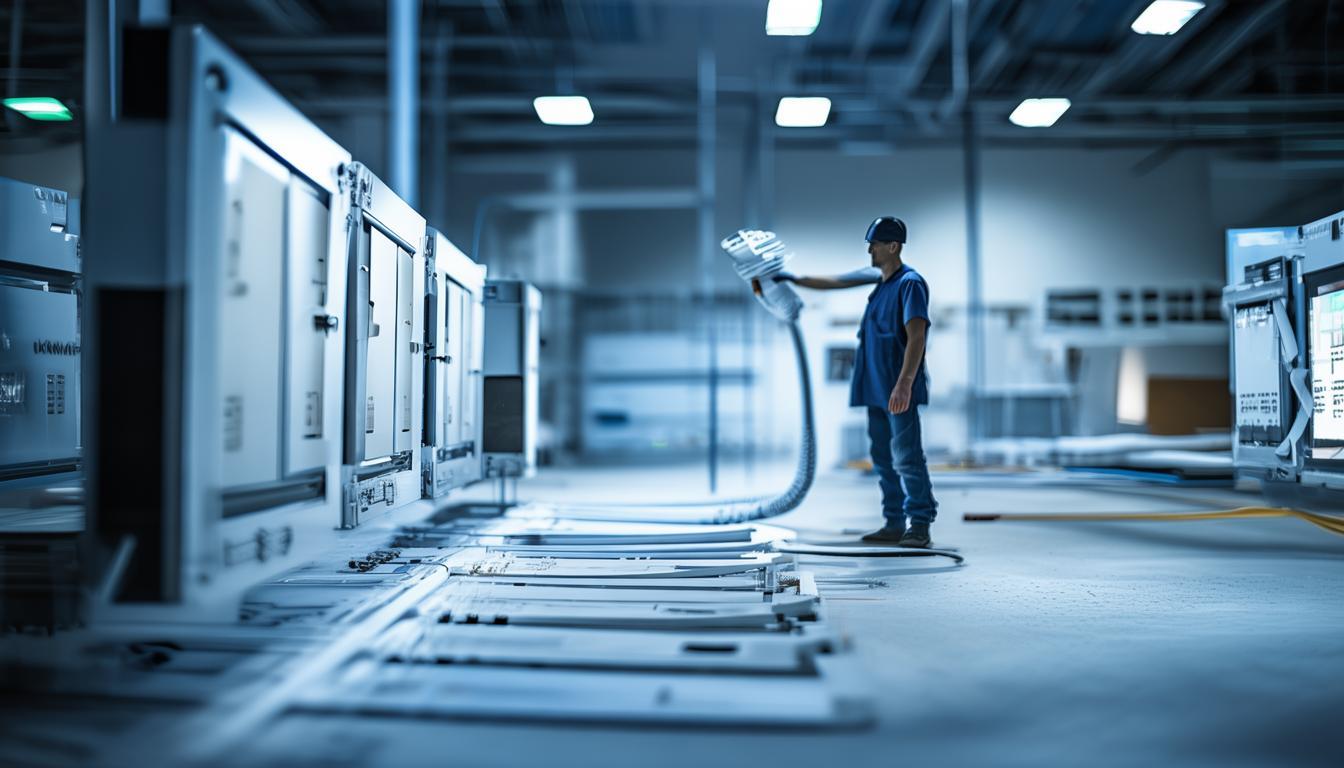Nowadays, the development of smart buildings is quite rapid! KNX and are very important communication protocols in this area, they play a crucial role in the smooth operation of smart buildings! Today we will talk about KNX and what happened in smart buildings
Let’s talk about the basic concept first. KNX can be understood as an open-ended communication protocol for building automation. It can control various electrical appliances, lighting, ventilation and other equipment in the building. It is also a communication protocol for building automation and control systems, which are mostly used in the control and integration of HVAC systems.
Let’s take a look at the differences in application scenarios between the two:
1. Small building scenario : KNX is particularly suitable. For example, in a small office, it can manage all electrical equipment in an orderly manner, easy to operate and easy to maintain. For example, adjust the brightness of the light and debug it soon. Like many home decorations and smart home systems, KNX is also quite commonly used! Here, in terms of flexibility, KNX can flexibly build various automation systems like building blocks! Provide global procurement services for weak current intelligent products!
2. Large-scale complex architectural scenarios : For example, places like large shopping malls and industrial parks, with many complex systems, it is more powerful. It can better integrate and manage systems of various types and functions, bring equipment from different manufacturers together to achieve unified management. Just like the various air conditioning systems and fresh air systems in shopping malls, they can be coordinated very well by using them!
Let’s talk about the difficulty of construction:

1. KNX Setting Construction Difficulty : relatively low. During construction, it can be installed and connected with ordinary network cables. If construction workers learn relevant skills, it is quite easy to get started. Because its technology is relatively basic, it does not require complex circuit modifications, and has a certain electrical foundation and can be completed after training. Moreover, debugging errors are easier to eliminate when maintained! If a switch component is broken, it will not be complicated to replace it.
2. Set construction difficulty : The construction process is a little more difficult. During implementation, the integration of different devices requires a lot of technical work, and professionals need to analyze and decode communication instructions of different devices. When facing new equipment or system upgrades, specialized technicians also need to debug and adapt! Otherwise, the system won't work well
Let’s talk about the cost difference:
1. Purchase cost : KNX equipment is generally affordable. It has many general components and basic products, and because the market is relatively mature, the price is quite appropriate when buying some common equipment. There are more choices on the market for some commonly used sensors. For smart buildings with moderate budgets, getting started with KNX system procurement is a consideration! However, if you buy large facilities, high-end equipment, and multi-manufacturer equipment communication adaptation conversion costs, the cost will be relatively high. For example, advanced measurement and control equipment dedicated to the park is more expensive.
2. Post-maintenance cost : KNX does not cost much money to maintain. Troubleshooting is due to mature detection methods, the equipment maintenance cost is average, and the operation is relatively simple. However, maintenance involves many equipment manufacturers' technology and system complexity and other conditions, and the cost is higher. It also costs more money when upgrading the system or troubleshooting!
Let’s answer some details:

Q: Which one should I choose if I am not sure about the size of the building
Answer: In this case, you can consult an industry expert first at the beginning. If there is a possibility of expansion in the future, it is a good transitional choice to have certain compatibility, but if the expansion is unclear, you can also use KNX to build a simple and reliable small system in the early stage.
Q: Do both require dedicated personnel to maintain?
Answer: Generally, in terms of equipment life cycle, after KNX is mature, ordinary technicians do some replacement and maintenance work. If you understand the principles of automation, try to try it out; however, whether the system is running or the system failure occurs, it is recommended that professional maintenance personnel frequently check and analyze and check it! Provide global procurement services for weak current intelligent products!
Actually, I think KNX vs BACnet for smart buildings, whether to choose KNX depends on the situation of different buildings. If the building function needs are simple and easy to control, use KNX to make it convenient and economical; if the building function equipment is complex, it must be integrated and open, so it can be given priority to use it as the leading combination! However, it is best to find an expert familiar with these two systems to ask for suggestions before making specific decisions, so as not to have more questions in the future.
Leave a Reply